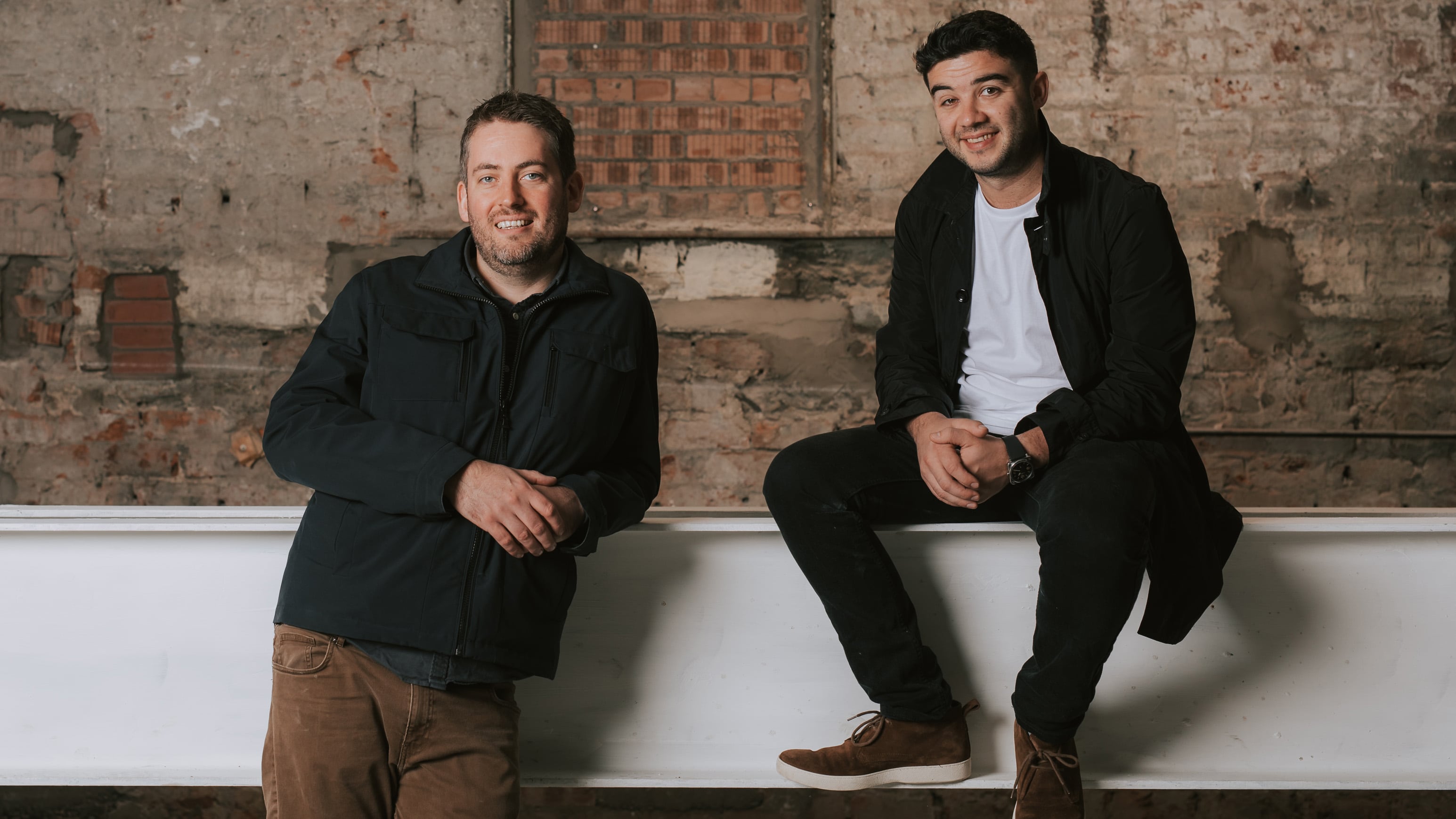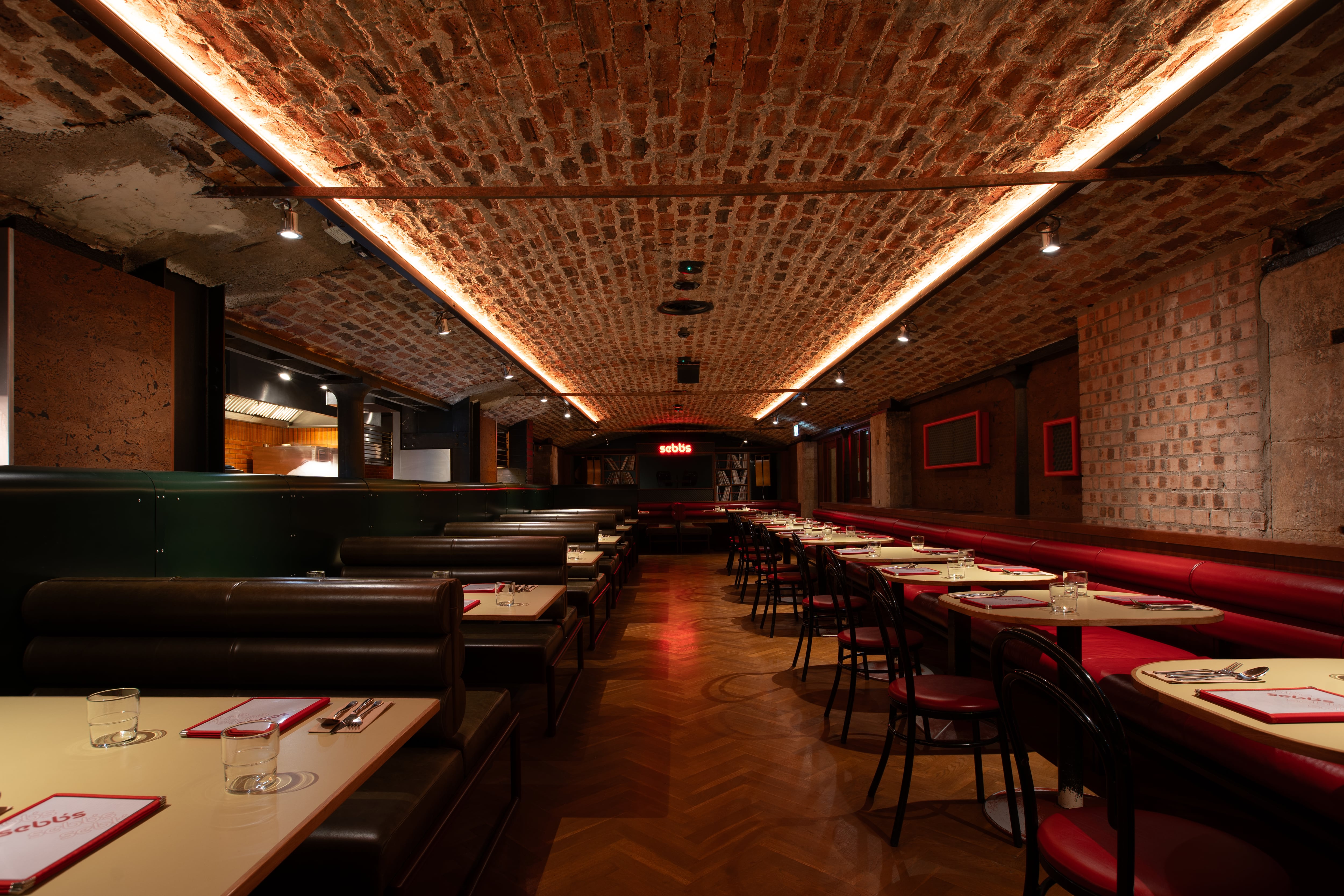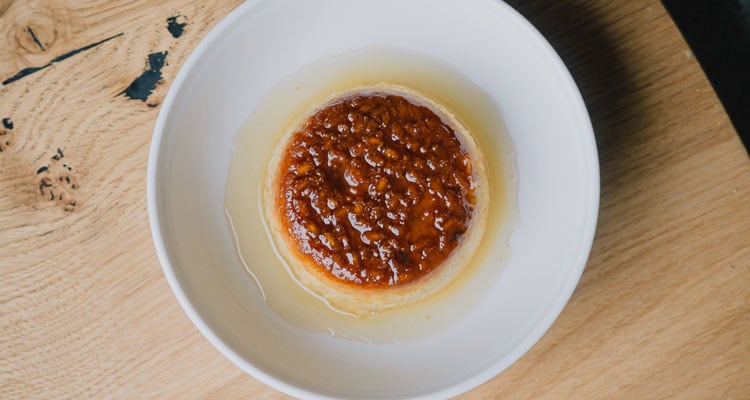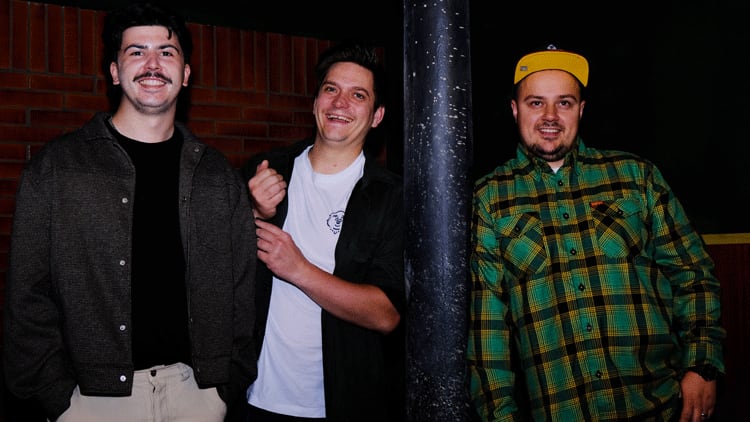Was it the plan to have so much going on at one time?
Jonathan MacDonald: Yes. We have just reopened Ox and Finch following a major refit. We had 40 people to accommodate within our wider business, so it made a lot of sense to launch Miller Street (which houses Margo and Sebb’s) while Ox and Finch was closed. It’s worked out perfectly. Some guys have stayed at the new launches and others are returning to Ox and Finch. We’ve also had to take on a lot more people.
How are Margo and Sebb’s bedding in?
JM: Margo and Sebb’s are both flying. The revenue has been great. The challenge is balancing that with ever-increasing costs while continuing to give our customers great value. Wages are always going to be a challenge in a site of that sort of scale. Like England, we got hit with the increase in National Insurance Contributions, but we didn’t get the business rate relief that England and Wales got. There is relief for very small businesses, but the vast majority of restaurants don’t get it.
What are you doing to mitigate rising costs at Scoop Restaurant Group?
Daniel Spurr: We’re in the process of putting in a bit of software that aggregates all the data the business produces – including POS, labour and purchasing. Unlike our current system, it gives our managers automatic real-time KPIs. A chef can see they’re tracking high on food costs at any given time, meaning they can rein things in a bit. Passing costs on to punters doesn’t work – they’re feeling the pinch too. Sebb’s is the most accessible of our five places; there is very little on the menu that costs over £10. But the reason our restaurants are busy is that they all offer very good value.
It’s tough out there. What gave you the confidence to launch two large restaurants within the same site?
JM: This project has been on the cards since 2018. We actually had the site before Ka Pao Glasgow launched in 2020. The plan was to go straight on to do Miller Street, but there were delays and then Covid hit. That further slowed things down and we also got a great pandemic-related deal on a site in Edinburgh for Ka Pao. Miller Street has been complicated because we bought the freehold and we’ve had to do a lot of things that typically a landlord would have done for us – for example, putting in wheelchair-accessible lifts, ventilation, and doing some structural work. There was no link between Margo and Sebb’s, so we had to create one. It was a big undertaking.
So a big investment...
JM: Huge. It was funded partly by retained profits and partly from bank borrowing. Ox and Finch has been doing well for over a decade – it launched in 2014 – and has helped pay for both our Ka Pao restaurants and Miller Street.
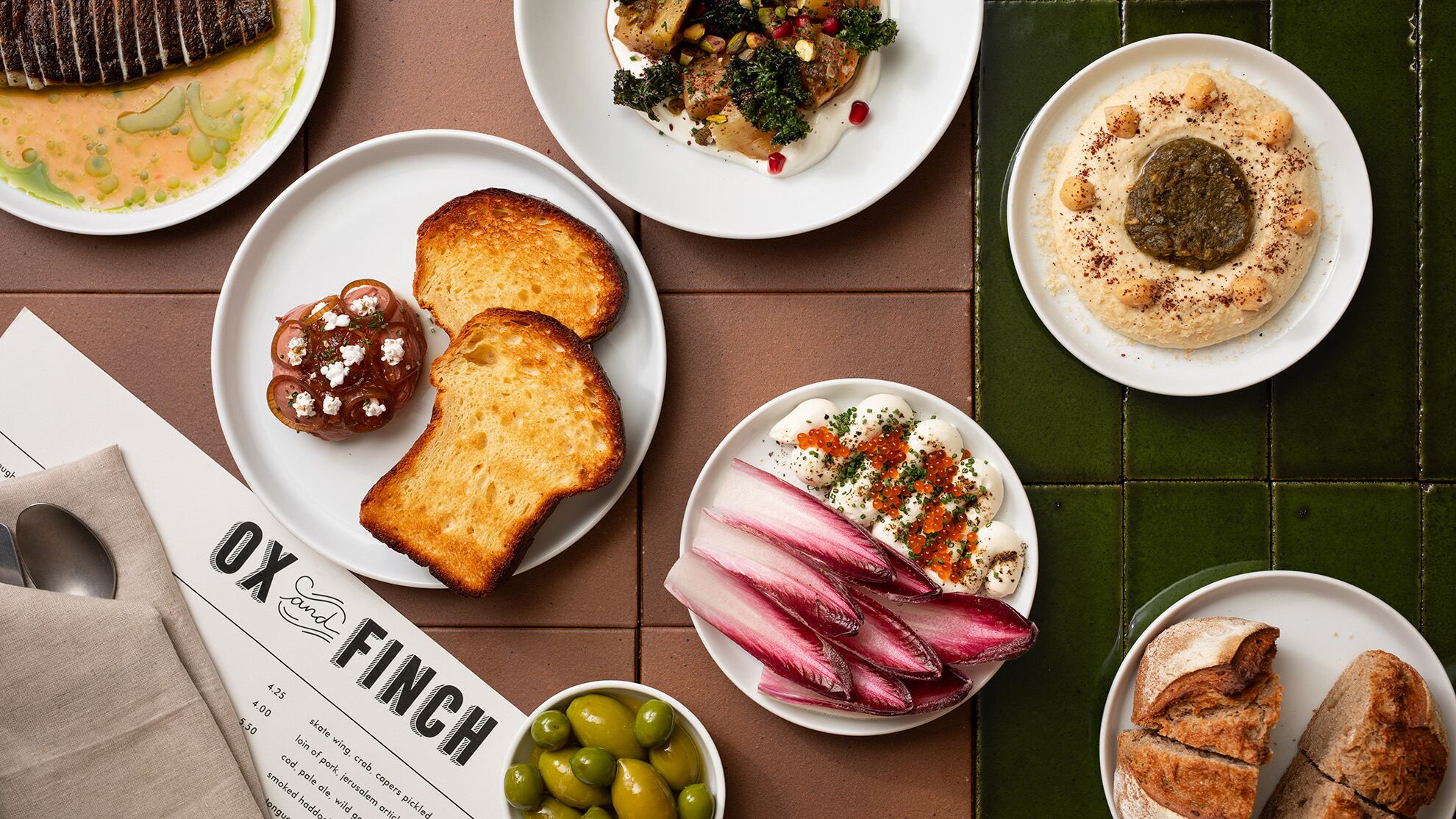
What has changed at Ox and Finch?
DS: It’s a complete overhaul, but the table plan is exactly the same. We’ve redone the whole frontage – it’s looking really smart. Inside we have new furniture, new customer toilets, new wall coverings, tiling, flooring and a brand-new kitchen. A lot of the stuff we had in the restaurant was put in when we launched, and some of it even pre-dated us, so it was time for an update.
Ox and Finch was an early adopter of small plates – why?
JM: I’d been working in London eating at places like Bocca di Lupo, Barrafina and Polpo and also Melbourne where that trend was even more well established. Glasgow and Melbourne are quite similar - although the weather in Melbourne is a bit better. Neither city takes itself too seriously. The inhabitants don’t like anything that’s too up itself.
It’s quite unusual for a restaurant business to be led by two chefs. How does that change how you go about things?
JM: Food is the first priority. That sounds strange, but that is not the case at most other restaurant groups. I think that’s our biggest strength.
DS: We’re also big on open kitchens and giving our back-of-house teams enough space to work. A lot of groups put in kitchens that are too small because they want to maximise profits by making the dining room bigger. If you do that, the food suffers. Most people would say that our kitchens are too big for the size of the restaurants, but they need to be. We also invest a lot in things like cooking suites. Sebb’s is probably the most casual restaurant in Scotland that has a bespoke French-made cooking suite.
JM: It’s good for staff retention as well. All of our head chefs now worked with us at Ox and Finch at some point. There are lots of tales of head chefs and restaurant owners falling out, but that never happens here because we always come at things from a chef’s point of view.
Nearly all of your restaurants have Bib Gourmands. What’s your secret?
JM: It’s a very obvious answer, but it’s a case of actually delivering on quality food at an accessible price. We both come from Michelin-starred cooking backgrounds and wanted to deliver that level of quality but not in a special-occasion setting. We want people to come to our restaurants every month rather than once a year. Having a great team that has buy-in and is passionate about what they do also helps. We have a really nice culture here. It’s an encouraging environment.
DS: The other good thing about operating in that bit of the market is that we appeal to people who don’t want fancy food. Our highest average spend is now Margo, which is in the high £40s – not including drinks.
What are the key differences between the Glasgow and Edinburgh markets?
DS: They’re very different. Edinburgh is more focused on the high end – there are a lot of Michelin-starred restaurants and restaurants that aspire to get a Michelin star. Glasgow is more diverse and casual, its population is much higher than Edinburgh’s but it has far fewer tourists. Although we do have a lot of international students these days, which is a good market for us.
Would you ever venture south of the border?
JM: Our restaurant at the Kimpton Charlotte Square Hotel in Edinburgh (Baba, which is run in partnership with Katherine Arnold and Robbie Bargh of London’s Gorgeous Group) has been a big success. We will at some point look to replicate this sort of non-capex-intensive project by working with a hotel in London or another English city.
Will you do more in Scotland?
JM: Rising costs are making us think differently about expansion. We’re doing the best we can, but the reality is that a lot of it is coming off the bottom line. We have nothing in the pipeline, and if another property came along right now, I don’t think we’d take it. It’s a shame because our places are busy and we have great people who want to grow with the business. We’re going to consolidate for the next year at least.


